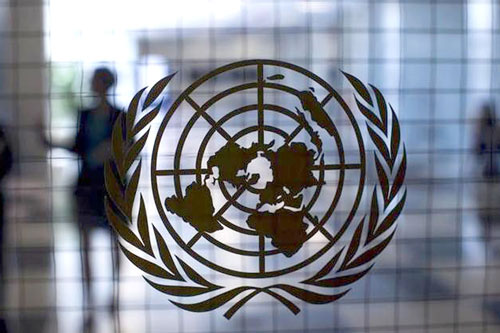Muhammad Raza Malik
India illegally occupied the then
princely state of Jammu and Kashmir
by landing its troops in Srinagar on October 27, 1947. This action was totally against the wishes of the Kashmiri people and in gross violation of the Indian Independence Act and Partition Plan of 1947, which had stated that the Indian British Colony would be divided into two sovereign states, India – with Hindu-majority areas – and Pakistan – with the Muslim-majority areas of Western provinces and East Bengal. As per understanding behind the Partition Plan, the then princely states were free to accede either of the two countries on the basis of their geography and demography. Being a Muslim-majority state, with 87% Muslim population, Jammu and Kashmir had a natural tendency to accede to Pakistan.
India claims to have obtained the accession of Jammu and Kashmir under the so-called Instrument of Accession (IoA) signed with the then Hindu ruler of the state, Maharaja Hari Singh. However, the fact is that the Maharaja had no authority to do so as he had virtually lost the control of the territory to the mass revolt against his dillydallying tactics to announce the accession of the state with Pakistan and had fled from Srinagar to Jammu. Many neutral observers deny the existence of such a document. They presented justified reasons to support their argument. They maintained that the so-called loA, if any that too conditional to the right to self-determination, was obtained under duress and in bad faith, and thus lacks any validity.
In the presence of an outstanding standstill agreement between Pakistan and Hari Singh, the loA with India could not be legally executed by him in favour of India.
A prominent British historian, Alistair Lamb, challenging the Indian invasion in Kashmir, in his book “The Birth of Tragedy” wrote that the successive events after the partition of the united India strongly suggested that Indian troops had invaded Kashmir prior to the signing of the instrument of accession. He believed that the signed instrument of accession did not exist at all as Maharaja was reluctant to sign it. He argued that due to this reason the Indian government never made the so-called document public either officially or at any international forum.
Also India has itself nullified the loA by its illegal actions of August 05, 2019. India is grossly violating in IIOJK the international humanitarian law (IHL), Geneva Conventions and the Hague Regulations 1947 that guarantee the right to self-determination and other rights to the people, prohibit demographic changes in any occupied territory and provision of unhindered access to health and education to the occupied population.
According to IHL, occupation falls under the definition of international armed conflict. A territory is said to be occupied when a foreign power or hostile army exercises coercive control or authority over inhabited territory even in the absence of the armed resistance and under this definition IIOJK is an occupied region. As soon this situation arises, IHL or law of war or ‘jus in bello’ and international human rights laws (IHRL) come into force.
Rules of IHL provide extensive and broad protections for persons living under occupation, as well as providing for some administrative obligations for an Occupying Power. The legal basis of the occupation could be derived from Hague Regulations of 1907, Geneva Conventions as well as the 1st Additional Protocol. These laws create a balance between the occupying power, the occupied territory as well as the civilian population.
The law of occupation has imposed certain responsibilities on the occupying state. The occupying state has to take all the measures in its power to restore, and ensure, as far as possible, public order and safety, while respecting, unless absolutely prevented, the laws in force in the country. The rights of an Occupying Power are limited to that of an administrator, they should not and do not have sovereign power.
However, India is not abiding by its obligations and using killings, extrajudicial executions, arrests, torture, custodial disappearance and rape as a tool to suppress the Kashmiris’ struggle to get freedom from its yoke. Since January 1989 till 30th September, 2020, Indian troop had martyred 95,686 innocent Kashmiris arrested 161,037, destroyed 110,367 structures, molested 11,219 women and subjected over 8,000 youth to enforced disappearance.
At least 395 Kashmiris have lost their eyesight in one or both eyes due to the injuries caused by the pellets fired by Indian troops and police personnel on peaceful protesters in the occupied territory. All these Indian brutalities have been documented by the world human rights organizations like United Nations Human Rights Council, Amnesty International and Human Rights Watch and constitute war crimes.
(The writer is a Senior News Editor at Kashmir Media Service and can be reached at [email protected])










